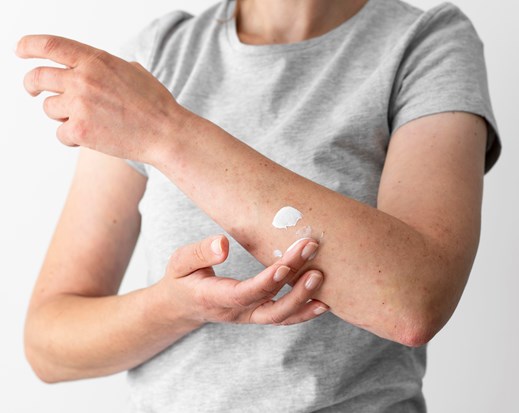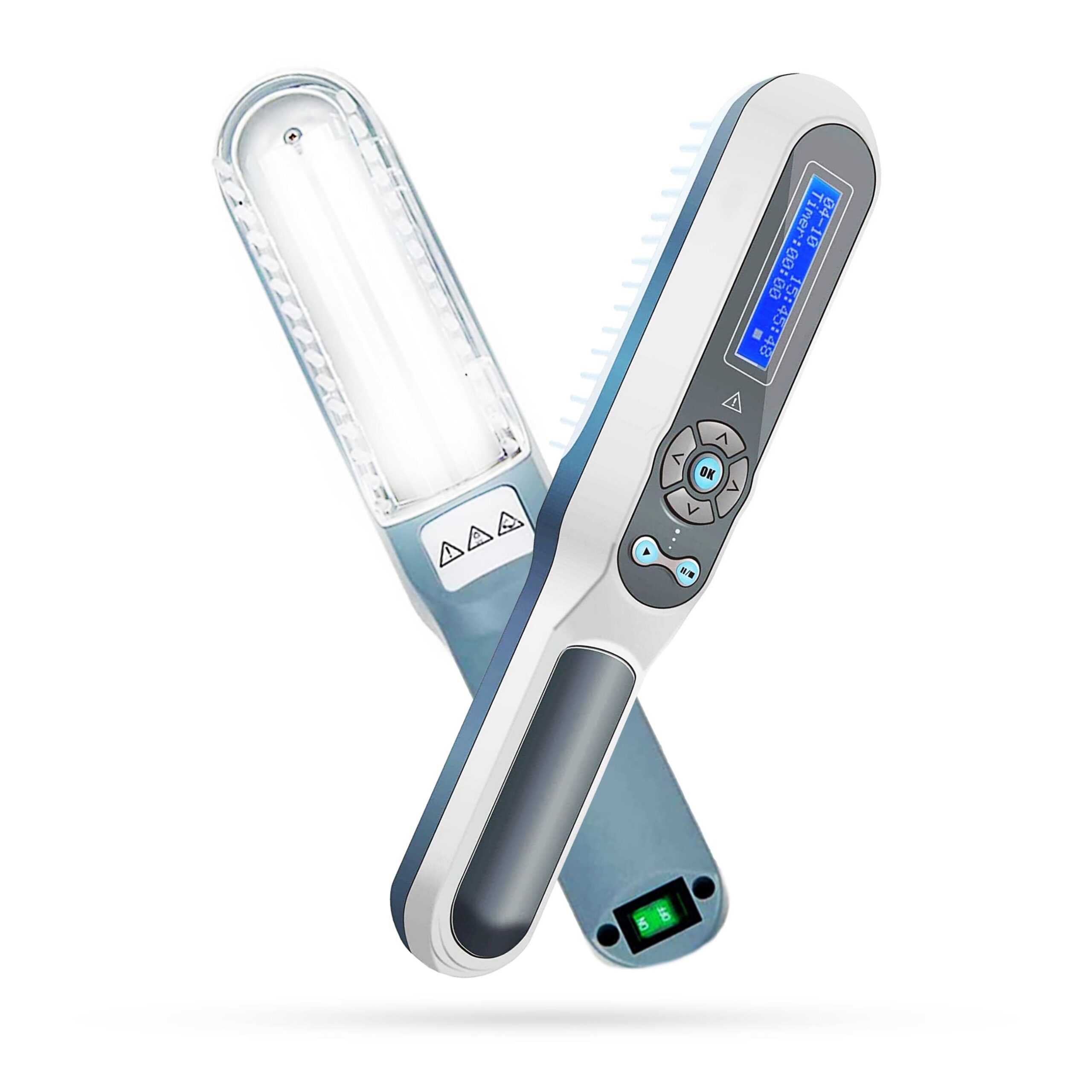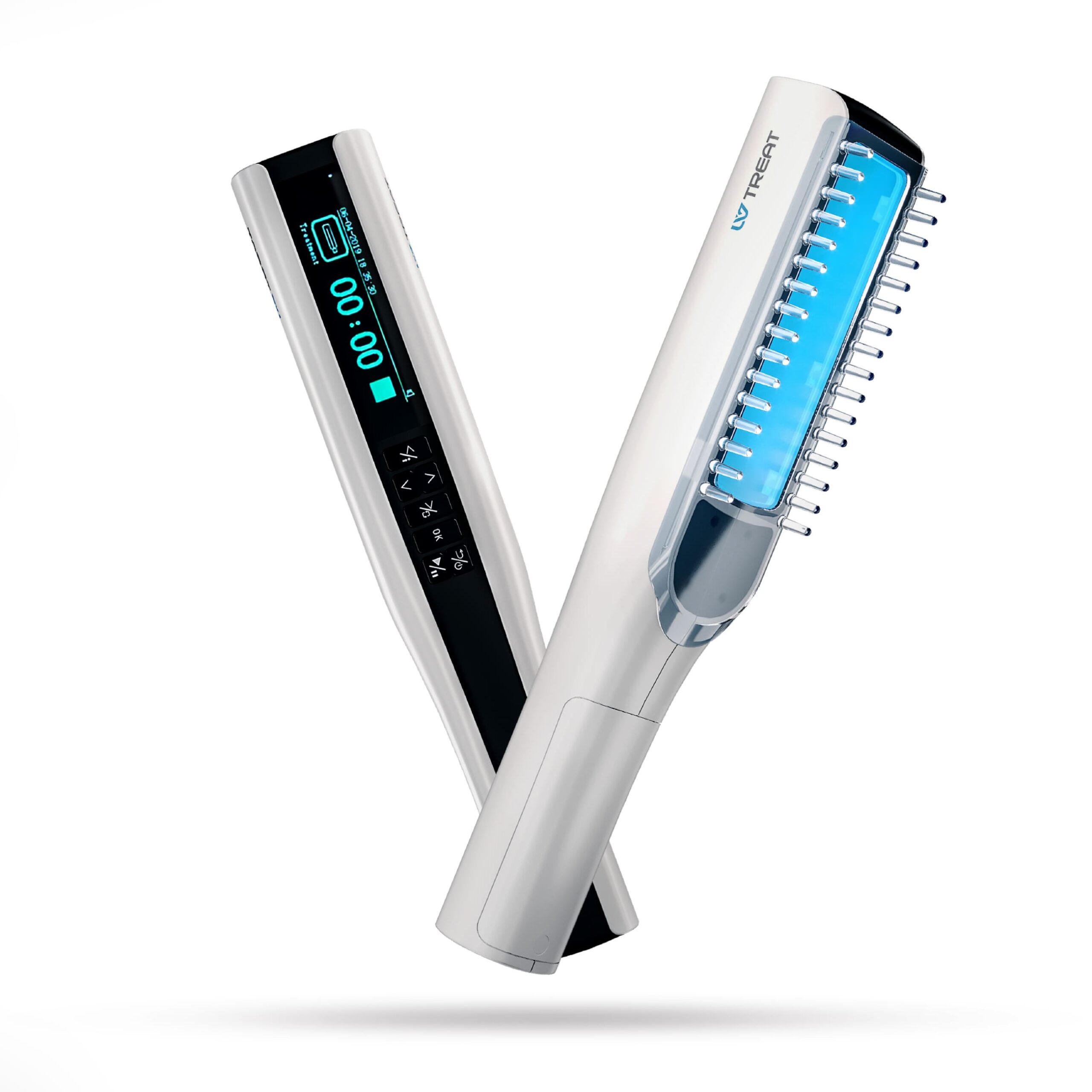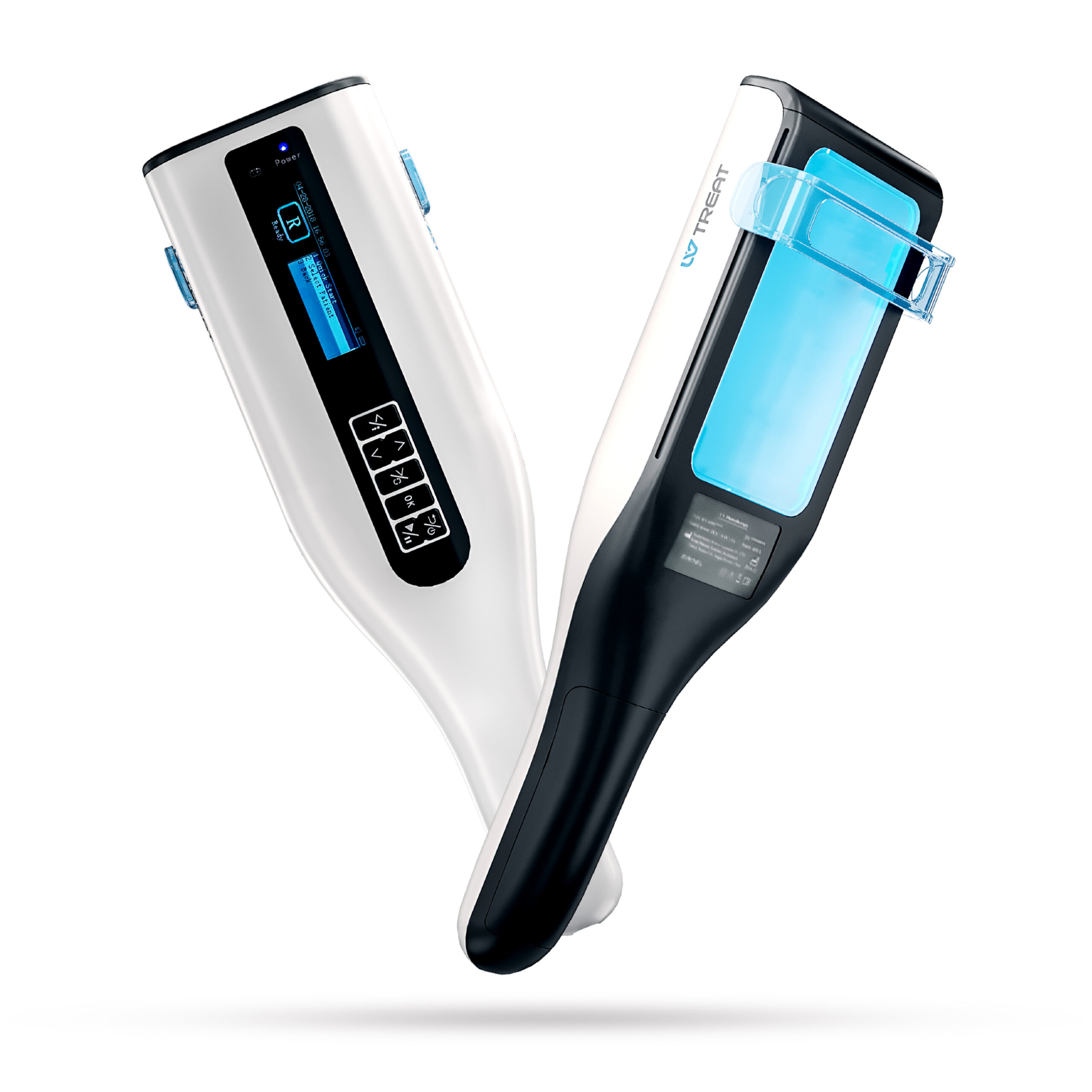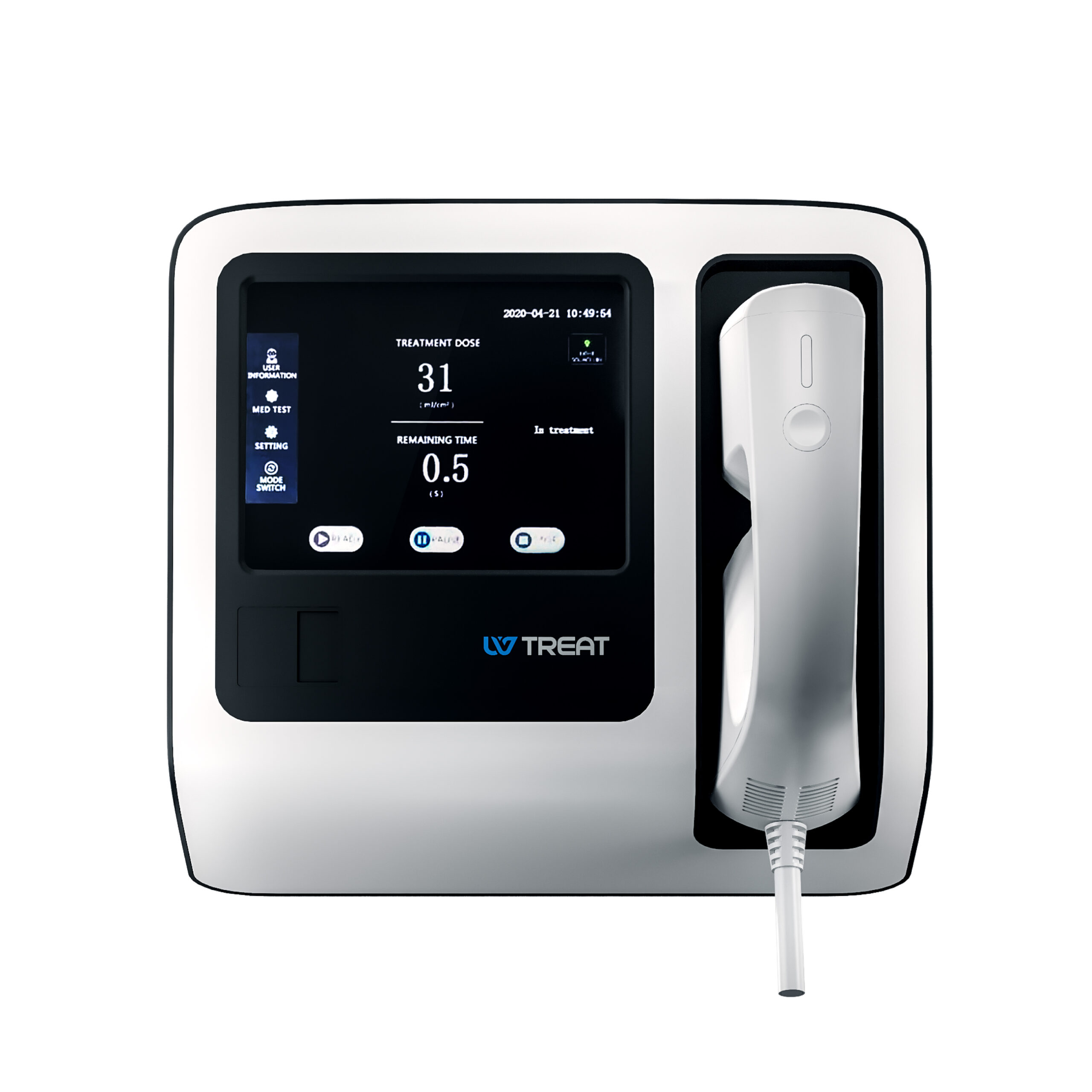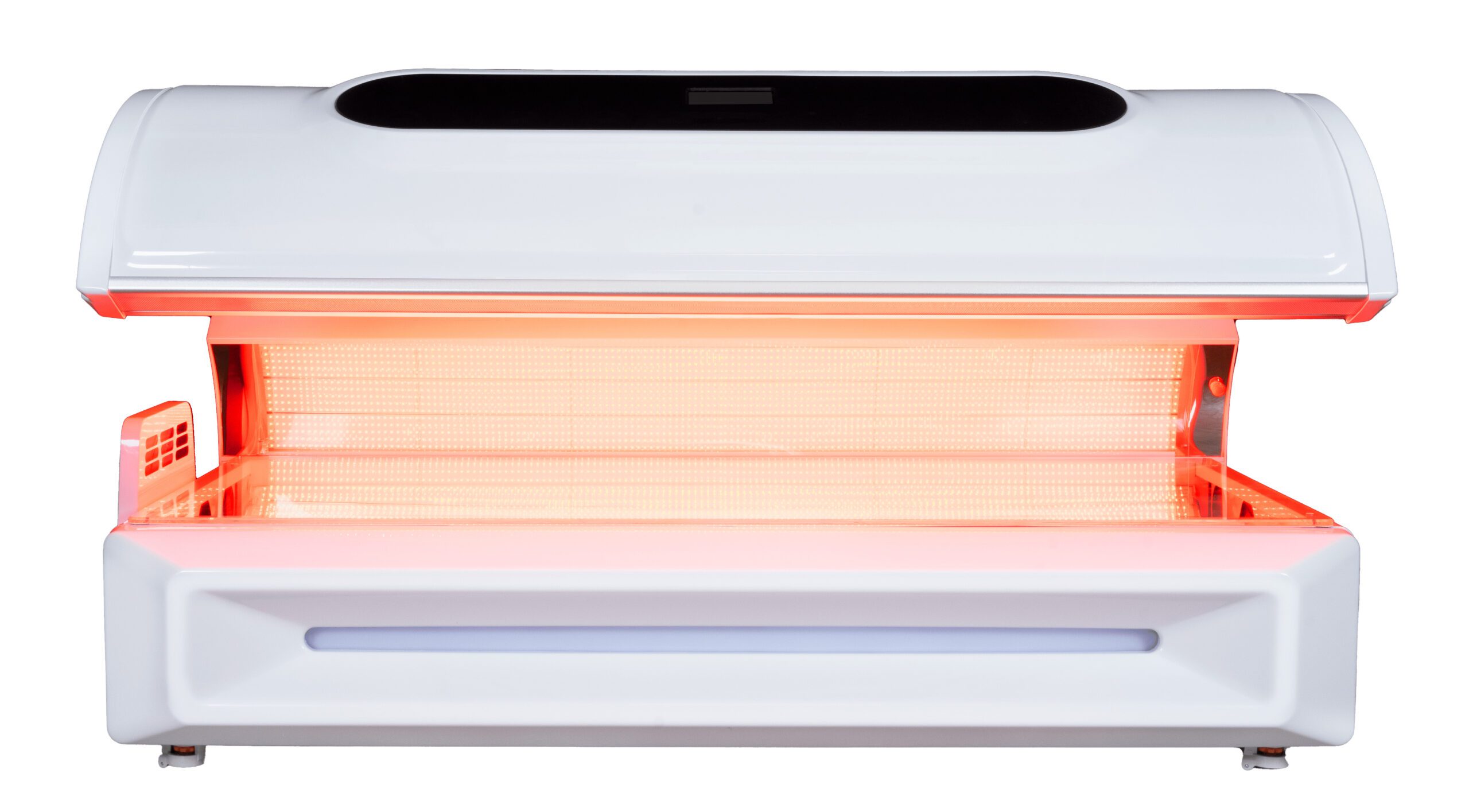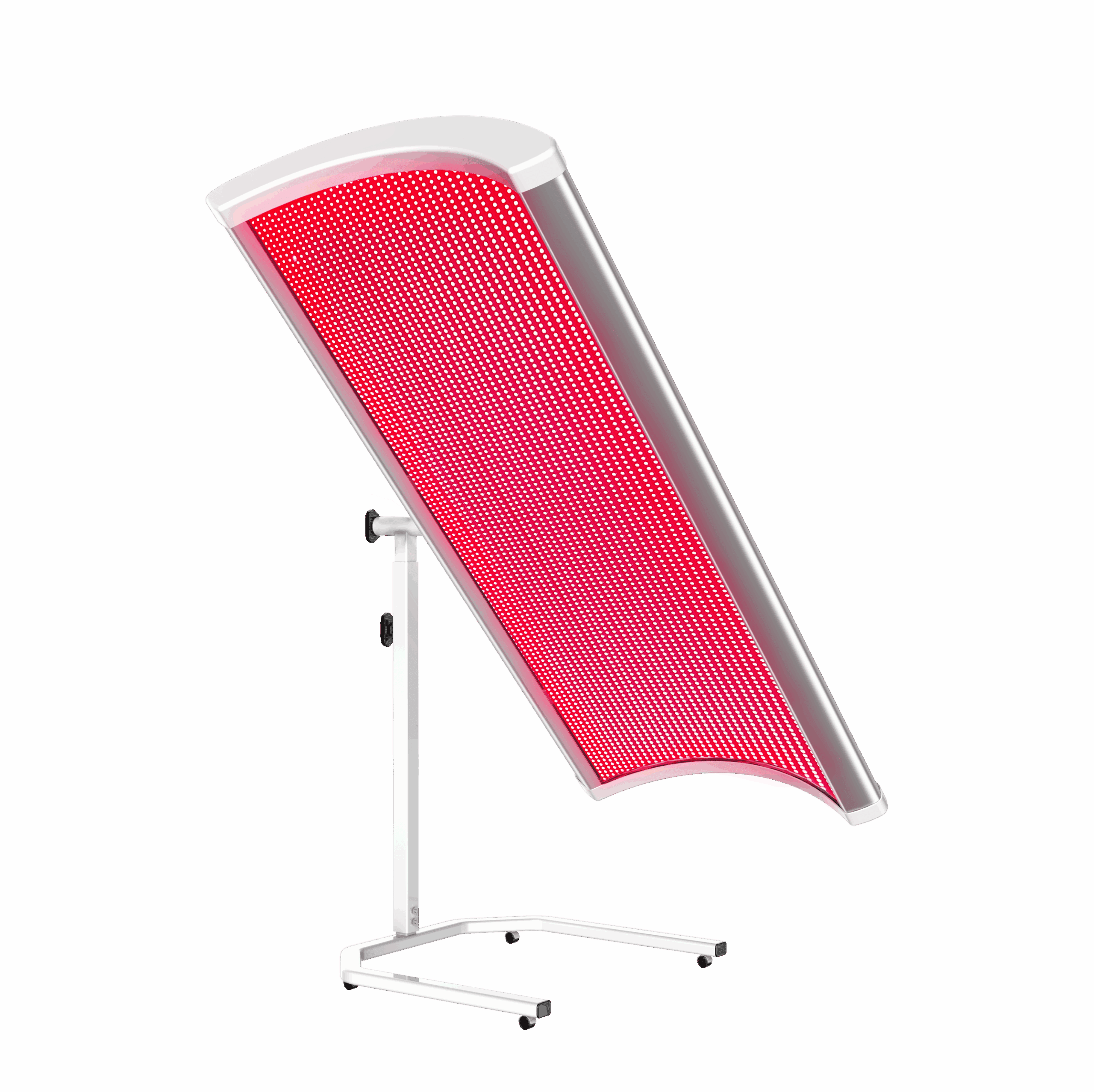Inverse psoriasis is a form of psoriasis where there are symptoms manifesting folds of skin, especially those generally sweaty areas, like the under-breast, groin, and armpit regions. The lesions are formed by smooth, shiny red patches that can be itchy, painful, and most probably not scaly, unlike the hallmark inflammatory plaques characterizing plaque psoriasis.
One of the most common questions from the mouths of patients suffering under this condition is a very significant, sometimes awkward inquiry: Does inverse psoriasis smell? The disease itself may not actually smell, but those warm and humid areas with inverse psoriasis are perfect homes for the overgrowth of bacteria or fungi that may produce odor on overt psoriasis.
It is really helpful in lessening daily discomfort and improving life with all considerations about how odors come about, what might take care of them, and when to see a dermatologist.
What Is Inverse Psoriasis?
Inverse psoriasis, also known by other names such as intertriginous psoriasis, is a chronic inflammatory skin disease that most often appears in the skin folds. This is because these areas are warm and moist, making them sensitive and more prone to injury. [2]
Typically affected areas with inverse psoriasis are:
- Armpits
- Groin
- Genital area
- Between the buttocks
- Under the breasts
These areas are more prone to become irritated and secondarily infected due to the fact that they are warmer and remain moist compared to the surrounding tissue.
Does Inverse Psoriasis Have a Smell?
Inverse psoriasis itself does not have a smell. But since it happens within the skin folds, the area gets moist and creates the perfect conditions for the secondary infections of bacteria and fungus that cause the area to smell. [3]
Why Inverse Psoriasis Doesn’t Smell on Its Own
Inverse psoriasis, much the same as with the various types of psoriasis, is an autoimmune condition. That is, it happens due to the immune system improperly attacking normal skin cells, causing inflammation and rapid skin growth. [4]
Red, shiny areas of inverse psoriasis are caused by this inflammation — neither by infection nor by bacteria. Because the condition of psoriasis isn’t caused by fungus or bacteria, it isn’t something that should smell bad by nature. The skin changes are caused by the body’s internal immune response, so by itself, inverse psoriasis isn’t offensive smelling.
What Causes Inverse Psoriasis to Smell Bad?
Psoriasis itself isn’t bad smelling but secondary conditions of the disease including sweat, friction, and infection cause the bad smell.
Sweat and Skin Folds
Inverse psoriasis tends to arise in areas that are warm and moist with skin rubbing together — such as the armpits, under the breast area, and the groin area. These areas retain heat, moisture, and sweat.
If sweat interacts with the normal bacteria present on the skin, it may give off a sour or musty smell. Psoriasis inflammation makes the skin more sensitive and it may over-secrete the normal amount of sweat that it should be secreting, adding to the problem.
Yeast and Fungal Infections
It is the moistness of the skin folds that provides the perfect conditions for yeast and fungus to thrive, most notably a type known as Candida. In fact, half of people with inverse psoriasis are likely eventually to catch a yeast infection.
These infections can cause:
- A foul-smelling odor
- White or yellowish discharge
- Inflamed soft tissue
- Redness and increased tenderness
Yeast infections are not caused by the presence of psoriasis but by the damaged skin surface and constant dampness that allow the fungus to thrive more readily.
Bacterial Infections
In occasional instances, bacterial infections are also complicated by inverse psoriasis. If the skin cracks or breaks up due to the condition itself or due to scratching, it creates openings for the bacteria to penetrate and infect the area.
Symptoms of bacterial infection include:
- Purulent discharge
- A bad smell
- Discharging or draining
- Redness that worsens
- Swelling that increases
If you experience any of these symptoms, it’s essential to visit a doctor immediately.
Poor Hygiene or Lack of Airflow
Since inverse psoriasis affects areas where skin touches the skin, keeping the area clean and dry can be challenging. Poor hygiene or tight clothing that traps sweat can worsen the smell.
Despite frequent washing, the friction and moisture that accumulate between the skin folds over the years cause the area to smell unpleasantly over time.
How to Control Odor in Inverse Psoriasis
Most of the time, odor associated with inverse psoriasis can be managed through everyday measures and treatments that may not necessarily be invasive or very serious.
- Gentle Cleansing
Wash the affected regions daily with a light, non-fragranced cleaning agent.
Avoid the use of harsh soaps that would strip the skin and worsen irritation.
Gently pat dry instead of rubbing, as that would make it worse.
- Antifungal or Antibacterial Creams
If any growth of yeast is occurring, over-the-counter antifungal creams will normally work when yeast overgrowth causes the odor.
Topical antibiotics or antifungals prescribed by dermatologists may be indicated in some cases.
Conjoint therapy is recommended (to treat both psoriasis and infection).
- Breathable Clothing
Cotton or moisture-wicking fabrics will be the best in order to lessen the amount of perspiration the skin will build up.
Don’t wear tight-fitting garments that trap heat or moisture.
Change immediately after working out in sweaty clothes.
- Absorbent Powders or Barrier Creams
Powdered non-medical substances might provide some benefit in keeping the folds dry.
Zinc oxide or barrier creams protect an area of skin from friction and moisture.
So if one combines all these, odor and discomfort will reduce in many patients.
Skin Care Tips for Inverse Psoriasis
Apart from smell control, skin care for the psoriatic patient also plays a very important role in the long-term management of the disease.
Moisturization – Use fragrance-free moisturizers regularly to soothe irritations and seal the skin barrier.
Friction Avoidance- Wearing loose clothing helps. Maintaining a good weight, if possible.
Topical therapies – Some patients with inverse psoriasis do respond to topical creams like corticosteroids, vitamin D analogs, and calcineurin inhibitors.
Temperature control – Keeping cool and less sweaty prevents flare-ups and odors associated with them.
Hygiene in psoriasis – Shower after exercise, keep folds dry, and avoid perfumed body sprays that may irritate lesions.
Daily care is not only effective for preventing flare-ups but also for simplifying managing odor.
When to Approach the Dermatologist
Sometimes, things just do not improve with self-care. Seek medical advice if you notice:
- Persistent or worsening odor despite proper hygiene
- Signs of infection (pus, swelling, pain, yellow crusting)
- Severe itching or burning in affected folds
- Frequent flare-ups resulting in constant degradation of quality of life
- No improvement after using over-the-counter remedies
A dermatologist can determine whether the odor stems from inverse psoriasis, a secondary infection, or an entirely different problem. If the disease is particularly severe, they will then recommend prescription-based therapies, light therapy, or systemic medications.
Conclusion
Does inverse psoriasis smell really bad? In truth, the disease itself is usually odorless, but some humid, warm skin folds favor the growth of bacteria and yeast, producing smells. However, self-centered people can avoid the potential for body odor and the discomfort that goes with it by maintaining good personal hygiene, using suitable creams, and wearing well-ventilated clothing. It is in extreme cases that self-care is practically insufficient, and the help of dermatologists would be sought in providing effective treatments and advice with regard to the self-care of our patients’ inverse psoriasis.
